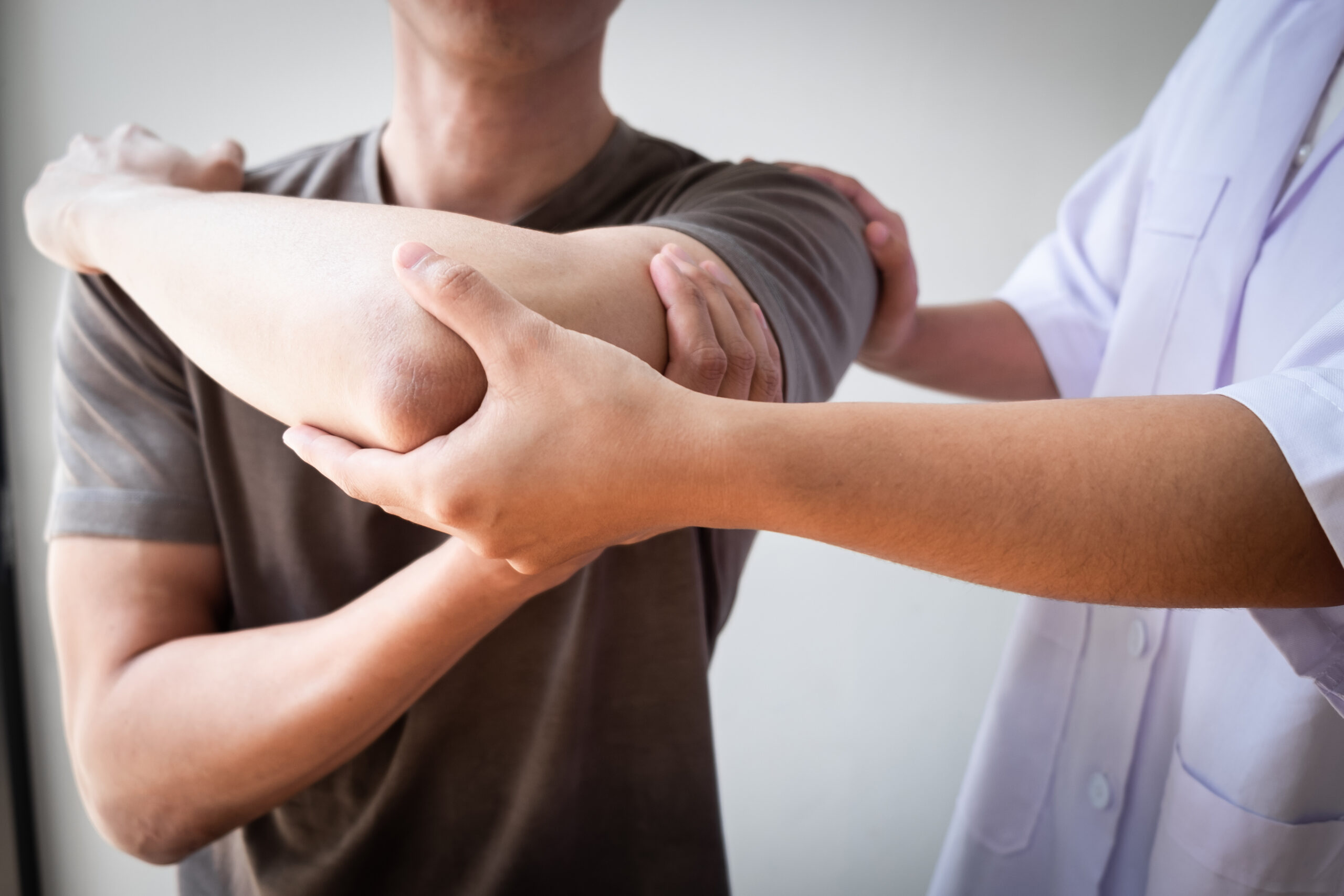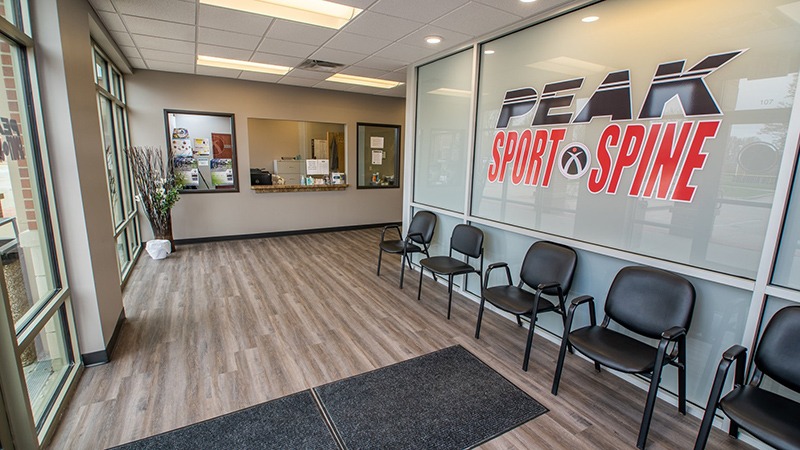Physical therapy is a crucial component of recovery and rehabilitation for many people dealing with injuries, surgeries, or chronic pain. Many patients wonder if it is normal to be sore after physical therapy. Understanding the distinction between normal muscle soreness and pain is essential in determining what is a typical response to therapy and when to consult your physical therapist.
Understanding Muscle Soreness vs. Pain
Muscle soreness is common and expected when in physical therapy. When you engage in exercises or activities that challenge your muscles, they experience microtears. These microtears are a normal part of muscle growth and strengthening. They typically result in delayed onset muscle soreness, which is usually noticeable 24 to 48 hours after exercise and can last for a few days. Muscle soreness feels like a dull ache or tightness in the muscles worked during physical therapy.
On the other hand, pain is a more intense, sharp, or stabbing sensation that may indicate an injury or an issue that needs medical attention. Pain is often persistent and does not go away with time or rest. If you are experiencing pain rather than soreness, it’s crucial to communicate this with your physical therapist.
Why Soreness is Normal After Physical Therapy
Experiencing soreness after a physical therapy session is typically a sign that your muscles are being challenged. Physical therapists design exercises to strengthen weak areas, improve flexibility, and increase overall function. When muscles are activated, especially if they haven’t been used much due to injury or inactivity, some level of soreness is a normal response.
Tips for Managing Post-Therapy Soreness
While some soreness is normal, it’s important to manage it properly to prevent it from interfering with your recovery. Here are a few tips to help alleviate soreness:
- Stay Hydrated: Drink plenty of water since proper hydration aids muscle recovery.
- Apply Ice or Heat: Applying ice packs to sore areas can reduce inflammation and numb discomfort, while heat therapy can help relax tight muscles and improve blood flow.
- Do Gentle Stretching: Stretching the muscles worked during therapy can help reduce stiffness and improve flexibility. Be sure to perform gentle stretches and avoid any movements that cause pain.
- Rest and Recover: Allow your body time to rest and recover between physical therapy sessions. Overworking muscles without enough rest can lead to prolonged soreness and even injury.
- Try Massage: Gentle massage can help increase circulation and reduce muscle tension, providing relief from soreness.
When to Be Concerned About Pain
While muscle soreness is a normal part of physical therapy, pain is not. If you experience sharp, shooting, or constant pain during or after therapy, it may indicate an injury or an underlying issue that needs attention. It’s necessary to communicate openly with your physical therapist about any discomfort you’re feeling. They can adjust your therapy plan to prevent further irritation or injury.
Tips for Preventing Excessive Soreness
To minimize post-therapy soreness and prevent it from becoming excessive, here are some things you can do:
- Warm-Up Properly: Before starting your exercises, warming up increases blood flow to the muscles and prepares them for activity, reducing the risk of soreness.
- Gradual Progression: Your physical therapist will likely start with lighter exercises and slowly increase intensity. This gradual progression helps your muscles adapt and reduces the likelihood of severe soreness.
- Listen to Your Body: Pay attention to your body’s signals. If you feel that an exercise is too intense or causing pain, inform your therapist. They can modify the exercise to suit your current fitness level better.
- Use Proper Technique: Using the correct technique during exercises is crucial to prevent unnecessary strain on muscles and joints. Your physical therapist will guide you on the proper form and movements to avoid injury.
- Stay Consistent: Consistent participation in physical therapy sessions helps your body adapt better to the exercises, reducing the intensity and duration of soreness over time.
Communicate with Your Physical Therapist
Communication with your physical therapist is key to a successful recovery. They are there to help guide you through the rehabilitation process and make adjustments as needed. Your therapist can evaluate your symptoms and may modify your exercises, provide additional treatments like manual therapy, or introduce modalities such as dry needling or MLS Laser therapy to help manage pain and promote healing.
Feeling Sore? Let Us Help You Find Relief
Experiencing some soreness after physical therapy is a normal part of the recovery process. However, it’s important to distinguish between soreness and pain to ensure you’re on the right path to recovery. At PEAK Sport & Spine, our experienced therapists are here to support you every step of the way. If you have concerns about your therapy, your level of soreness, or want to learn more about other services that can alleviate soreness, don’t hesitate to ask your therapist or give us a call to learn more!

